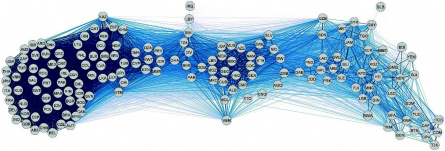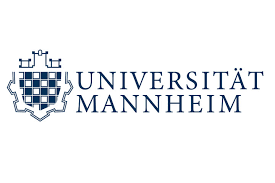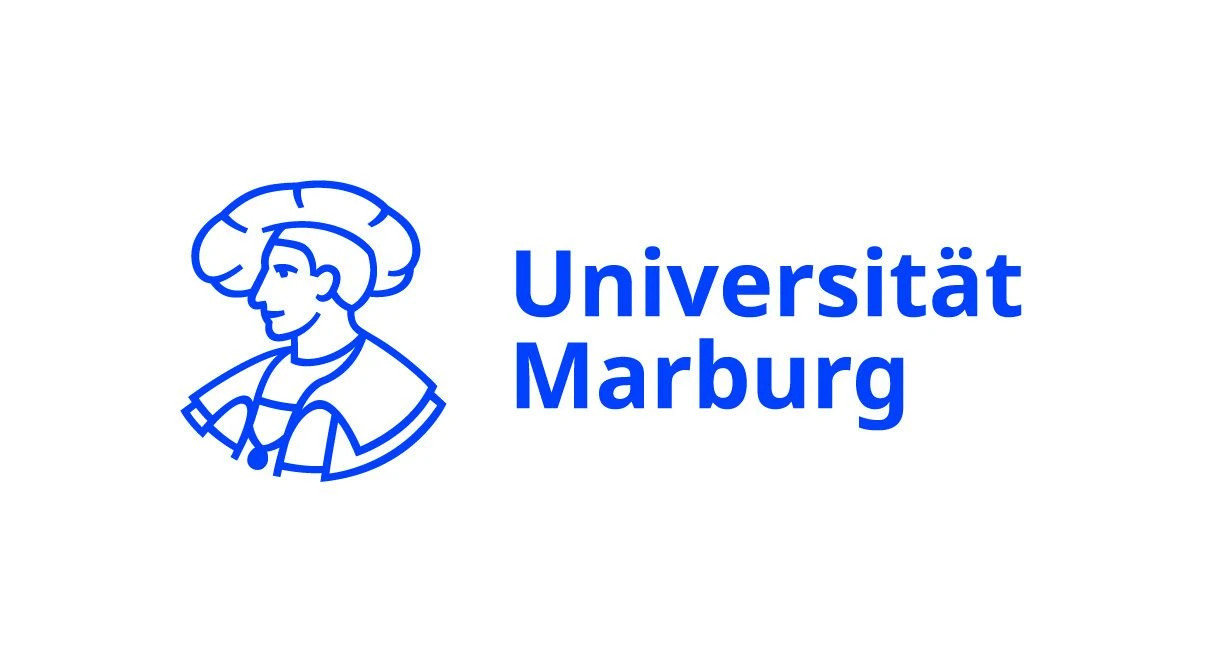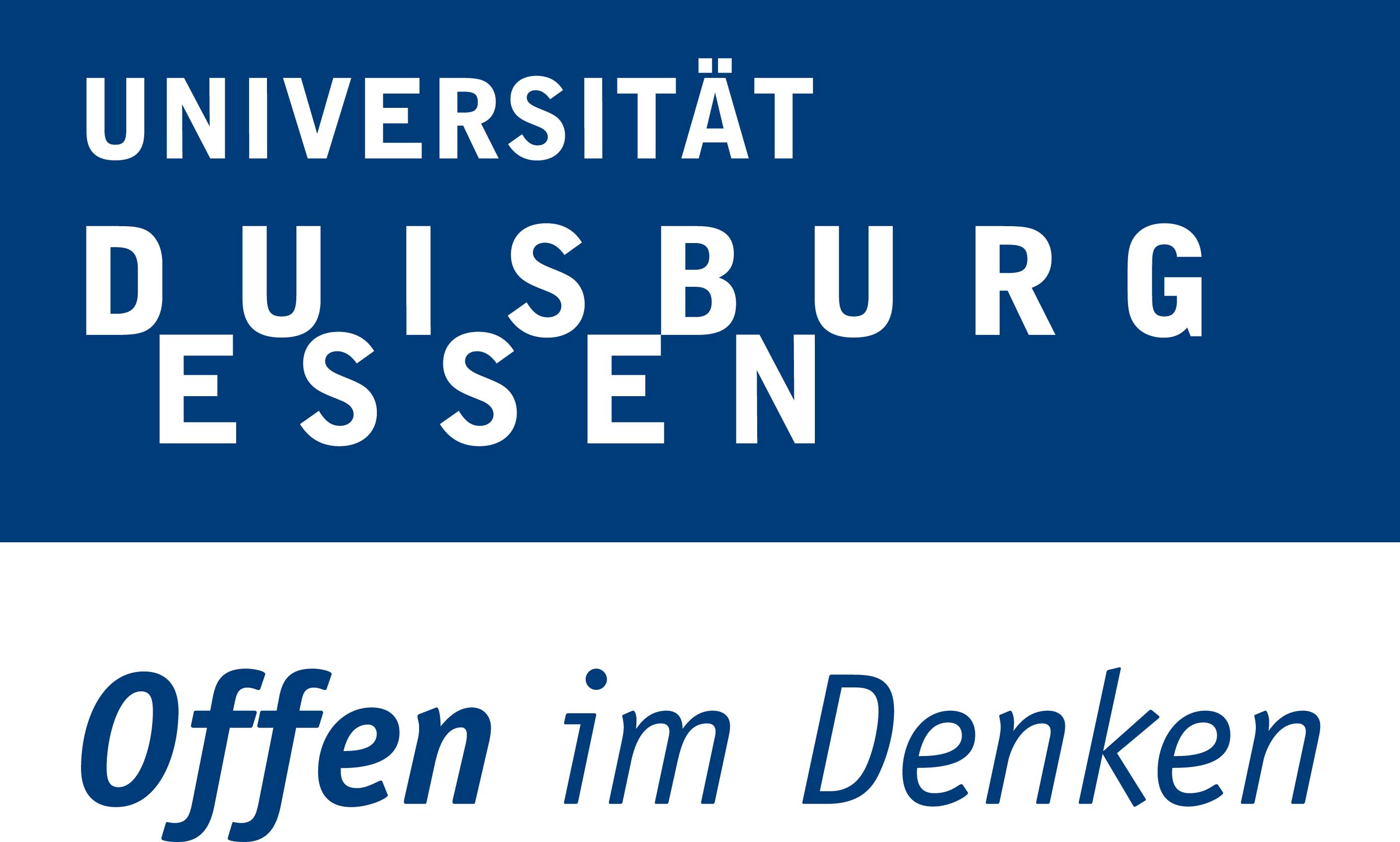
CRC 1342 members Ivo Mossig, Hendrik Heuer, Michael Lischka and Fabian Besche-Truthe have developed two indicators that capture economic competition between countries in a novel way. As a result, the link between economic competition and social policy developments can be analysed more precisely. The four authors have described in detail how the indicators are calculated in Volume 8 of the CRC 1342 Technical Paper Series: Measuring global competition in export markets and export sectors. In the following interview, Ivo Mossig explains briefly what it is all about.
In what ways is international competition a factor in the diffusion of social policy?
Ivo Mossig: Our Collaborative Research Centre aims to explain the dynamics of social policy not only based on the national constellation, but also on international interdependencies, including economic relationships. Competition is discussed - somewhat controversially - in two respects in this context: On the one hand, there is the efficiency thesis, according to which states regard social benefits as a burden in international competition. According to this theory, the consequence is a "race to the bottom": in order to achieve cost advantages, social standards and benefits are reduced. On the other hand, there is the compensation theory: small economies in particular are often active in highly specialised segments on the world market. And their overall economy depends very much on their world market integration because they do not have a large domestic market. As a buffer, e.g. to cushion unforeseen developments and shocks on the world markets, social systems are expanded. Despite these controversial theses, one thing is indisputable: competition, and especially economic competition, is a relevant factor for the development of social policy.
How do you operationalise this competition? How do you make it measurable?
Ivo Mossig: In the past, the degree of trade linkages served as an indicator, e.g. the size of trade flows between countries. If country A mainly exports coffee and country B computer monitors, then there is global trade integration, but country A and B are not necessarily in competition with each other, but complement each other.
That is why we have now come up with two new indicators: One indicator represents competition in export markets, for which we look at the importance of the individual sales markets for each of the countries, measured in terms of export volume. If two countries have proportionally similar sales markets, they meet as competitors on the sales markets. With a second indicator we measure competition between countries in export sectors. If the exports of two countries are distributed across similar sectors, then they are competitors on the world market in these sectors: if the export focus is on different goods and services, they are not.
Are there major differences between the two indicators?
Ivo Mossig: Definitely. In the technical paper we use Norway as an example to demonstrate the difference very clearly: In Norway's export markets, other Scandinavian countries are the main competitors because Norway exports a lot to EU countries, as do Finland and Denmark. If we look at the economic sectors, Norway's main competitors are, on the other hand, the United Arab Emirates or Colombia, because in these countries, as in Norway, oil is the predominant export product.
How large is your data set?
Ivo Mossig: The dataset ranges from 1962 to 2017/2018, with values for each year. And it covers not only the OECD world, but 164 countries. For each of these 57 years, we have a numerical value regarding competition in markets and export sectors for every possible country pair, so over 13,000 linkages per year and indicator. The next step is now to analyse whether this new data can be used to better capture the competition argument with regard to global dynamics of social policy development, i.e. whether we can contribute to sharpening the competition argument.
---
Read the full paper: Measuring global competition in export markets and export sectors
Contact:
Prof. Dr. Ivo Mossig
CRC 1342: Global Dynamics of Social Policy
Mary-Somerville-Straße 7
28359 Bremen
Phone: +49-421-218 67410
E-Mail: mossig@uni-bremen.de













